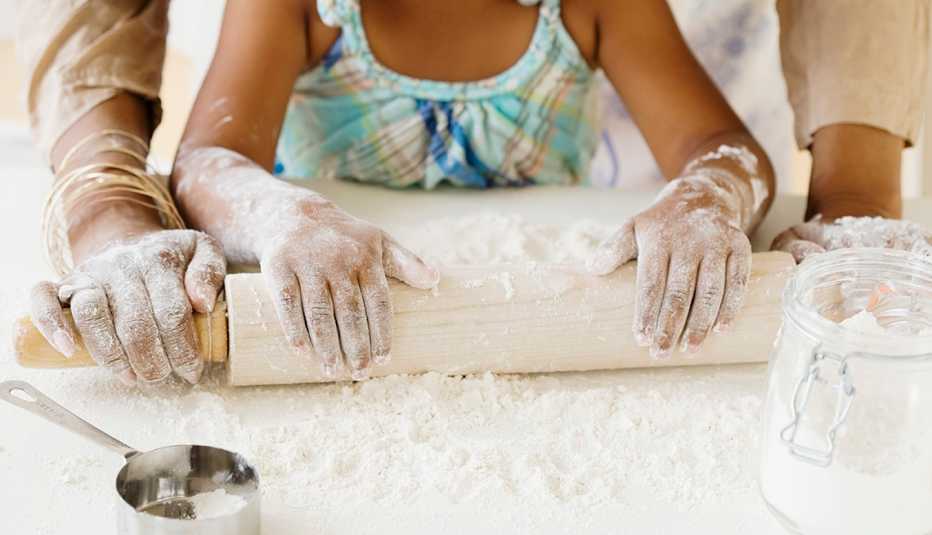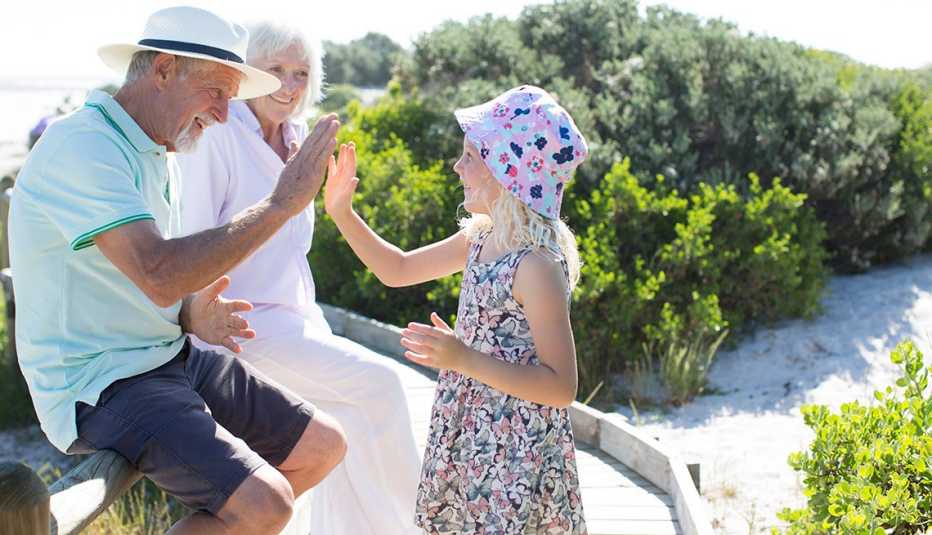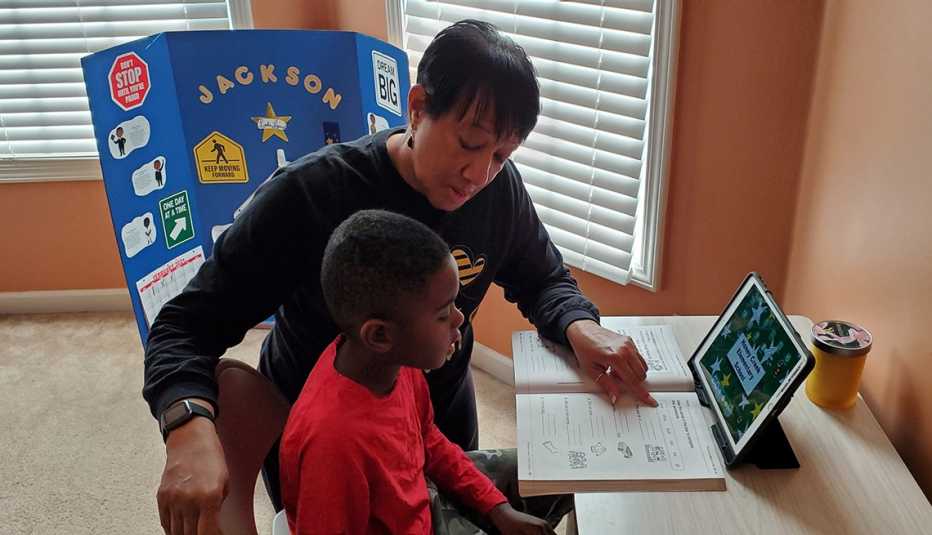Staying Fit


There’s plenty of advice out in the world for grandparents, but for step-grandparents? Not so much. And, as families get more complicated, grandparenting can be, too.
Take this story from Courtney Fields McVey, a licensed clinical social worker in Atlanta. She describes herself as the child of “multiple divorces” who saw step-grandparents come and go.


AARP Membership— $12 for your first year when you sign up for Automatic Renewal
Get instant access to members-only products and hundreds of discounts, a free second membership, and a subscription to AARP the Magazine.
Even at 44, she remembers one stinging holiday when her step-grandparents gave gifts to their biological grandchildren but not to her. If you’re a step-grandparent, or about to become one, consider her experience a warning.
“You don’t have to force it to feel like that person’s been there all your life,” says McVey, owner and therapist at the Divorce Resource Center of Georgia. “But I do think it’s important to still offer the type of unconditional love and regard that you would automatically feel inclined to give to a biological relationship.”
Blending families not always easy
You likely know a step-grandparent or are one, partly due to longer life spans and the increasing divorce rate among people over 50. Perhaps you married someone with grandchildren, or your child married someone with children, or your stepchild had a child.




































































